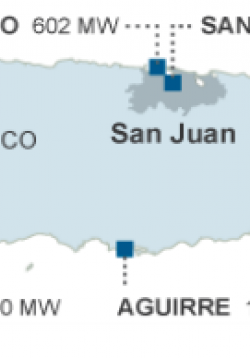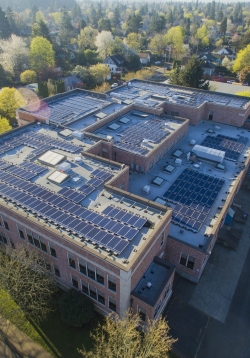When the Grid Goes Down and Stays Down
Through an examination of media published in the five months following Hurricane Maria in 2017, students will develop an understanding of the electrical grid, the vulnerabilities of a grid system, and the immediate and long-term challenges of living...








